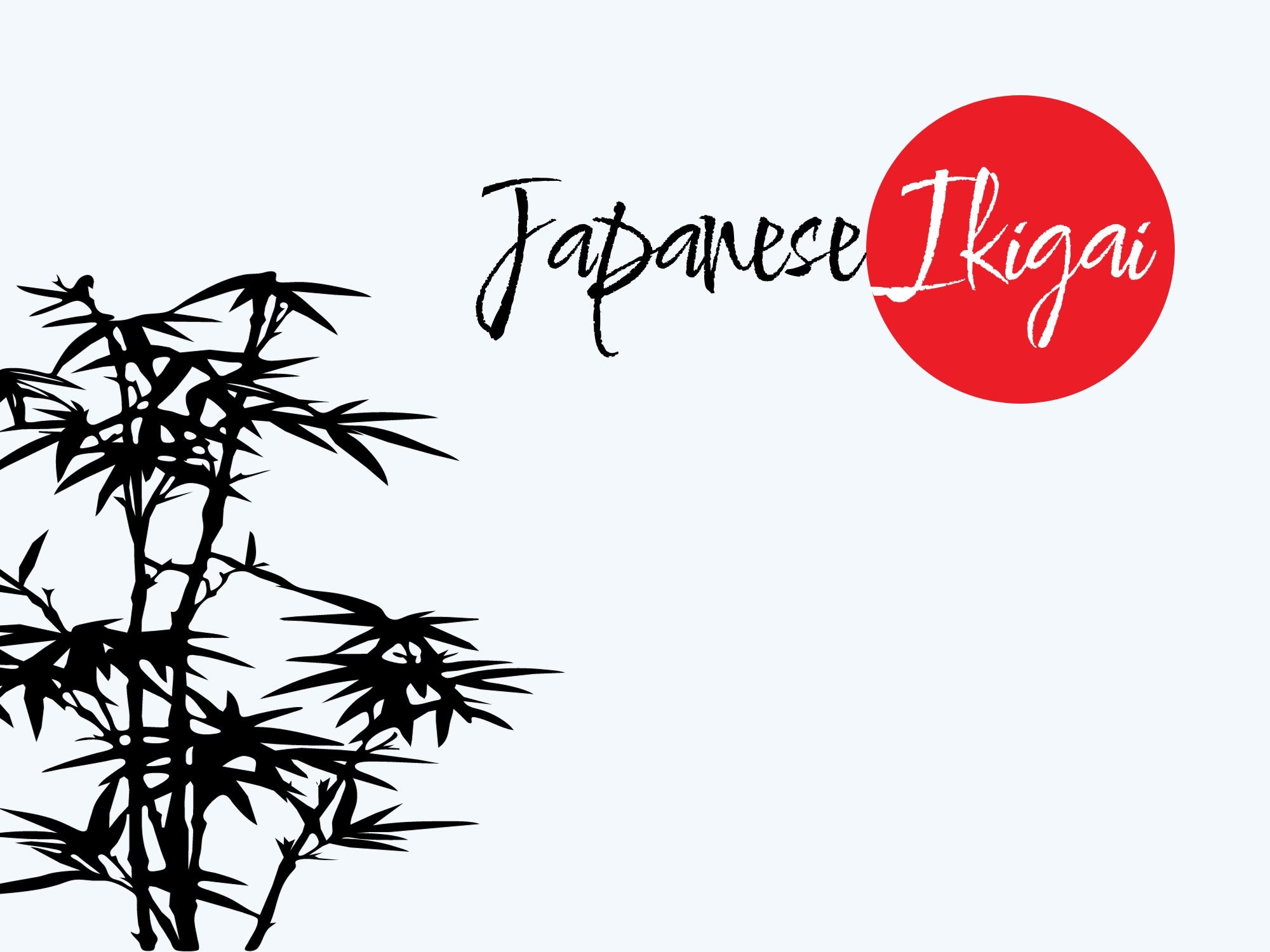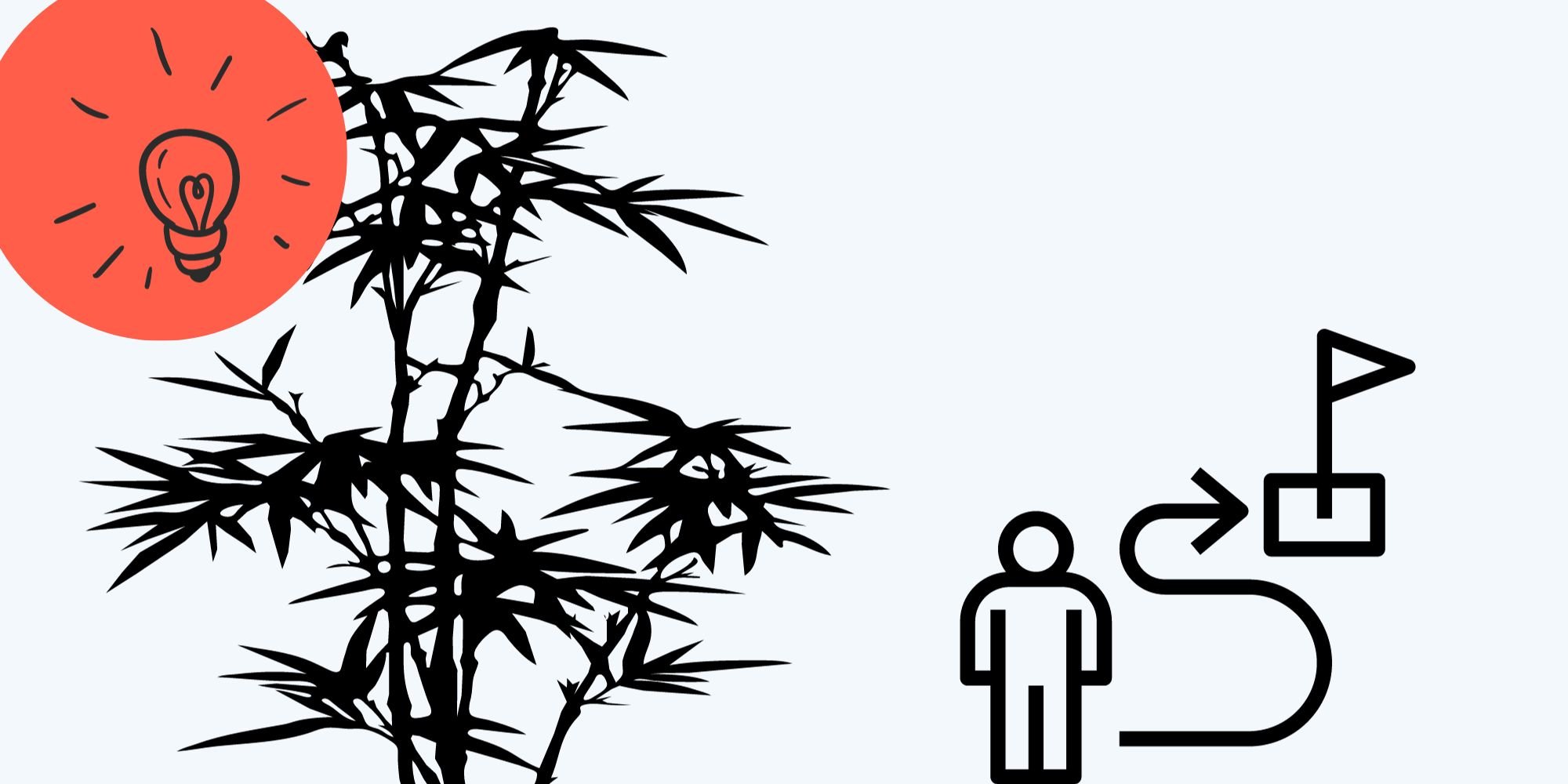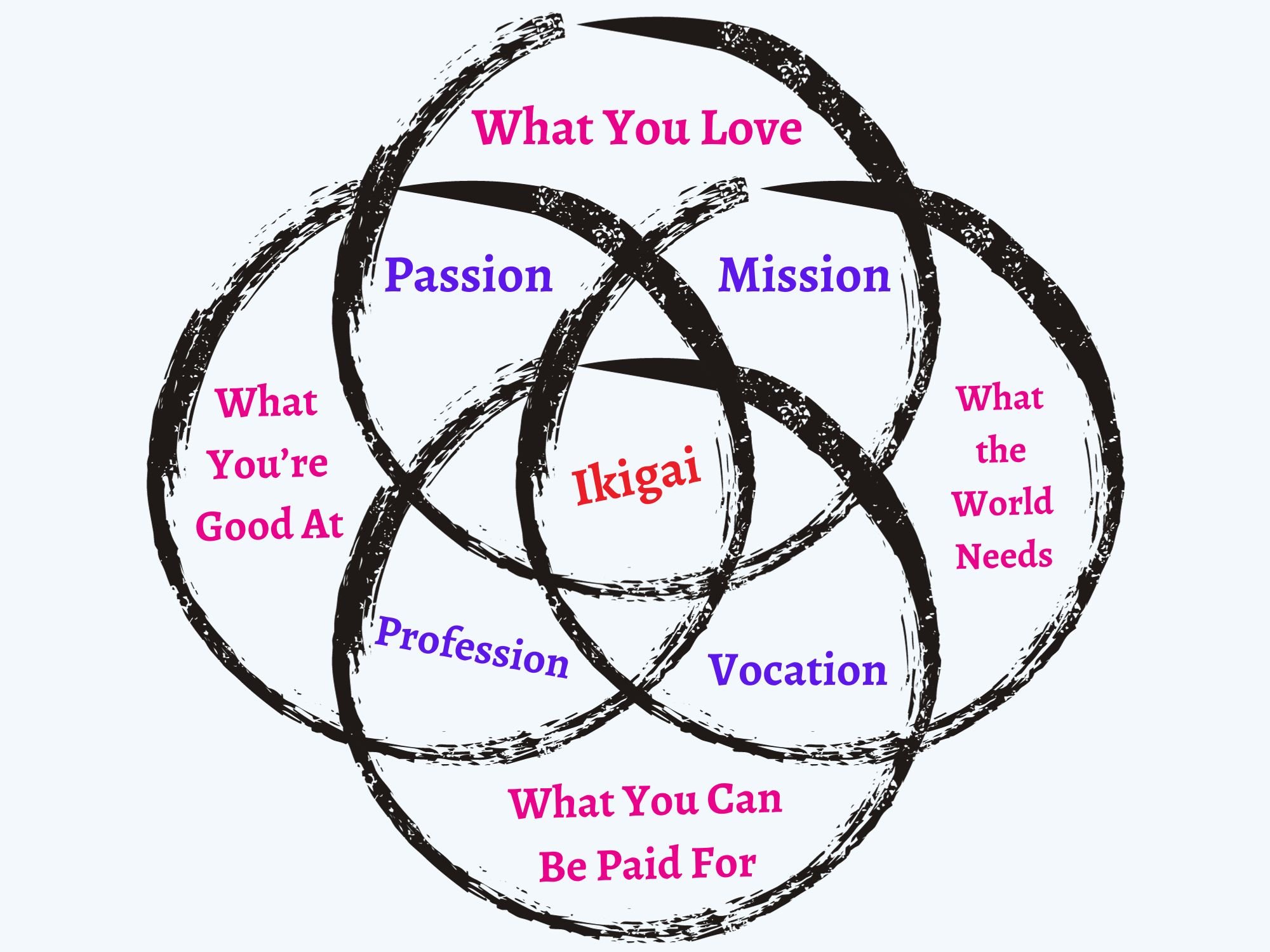How to Find Your Ikigai In 6 Steps (what I did)
I live part time in Tokyo and one of my favorite Japanese concepts for life is ikigai. The idea has been popularized in part by Okinawan centenarians who credit some of their longevity to it.
But besides just living longer, it’s a solid way to boost your happiness and feel more fulfilled. So welcome to my guide on how to find your ikigai.
Let’s get to it.
Table of Contents Show
What Does “Ikigai” Mean?
As a musician and artist, I’m always dancing around topics related to “purpose”. So I was pumped to learn about ikigai and how to use it as a new approach to things.
But what is it exactly?
Ikigai is your “reason for being”. It’s similar to your life purpose, but hits a bit different and has a deeper meaning.
Your ikigai is related to the value you bring to yourself (through joy) and to your community. It’s the stuff in your life most worth living for.
It’s a blend between your passion(s), mission, vocation or calling and professional opportunities.
So let’s look at some examples.
Examples of Ikigai
Artists or creatives
Passion → creating original and unique projects
Mission → to spread a message or to beautify more homes with original art
Profession → selling original artwork or prints
Vocation/calling → contributing to cultural identity and heritage
Teachers
Passion → sharing knowledge and educating
Mission → to help shape the minds of younger generations
Profession → teaching through a school or online
Vocation/calling → having a memorable and positive impact on students
Farmers or gardeners
Passion → growing food and cultivating crops
Mission → to build a more sustainable agricultural system
Profession → selling local produce
Vocation/calling → promoting healthier, local eating
Entrepreneurs
Passion → solving problems and creating solutions
Mission → to push innovation in the market
Profession → starting a business or brand
Vocation/calling → contributing to the economy and market innovation
Activists
Passion → heartfelt connection with a particular cause
Mission → to spread awareness and inspire change
Profession → working with NPOs, NGOs or other entities to enact change
Vocation/calling → to improve the quality of life for current and future generations
What Are the Benefits of Finding My Ikigai?
A stronger feeling of fulfillment
A sense of daily, monthly and life purpose
A heightened sense of pride
More energy
More happiness and enjoyment
Improved mental health
Improve physical health
More longevity
Personal growth
More engagement in life and within your community
How to Find Your Ikigai (6 steps I took)
Alright, ready to find your ikigai? Epic. Let’s do it.
These are the steps I took.
1. Determine Your Personal Values
When your actions don’t align with your core values, things can fall apart easily. So let’s start with some clarity on this point.
Try answering these questions:
Do you know what some of your personal values are?
What would be the top five most important values to you?
Values are things that we deem personally important and can act as guardrails to our decision making in life.
Whenever you’re faced with a vexing conundrum, circling back to your values can help to clarify your choices and the next actions to take.
For me, my top five values are autonomy, creativity, authenticity, growth and health.
But if you’re struggling to find your values, no worries – try out the free test at personalvalu.es.
It’s what I took and found it to be truly helpful (you can even download a free phone background showing your core values after you finish the test!).
2. Isolate Your True Passions
My purpose starts with my passions. This makes sense.
So what are your true passions? Or, what would they be if you had more time or could start anything?
Understanding what you love is an exercise in self reflection. You can consider what your strengths and hobbies are as a good starting point.
But if you need some extra help isolating your passions, consider these questions:
What did you do as a child?
What would you do if money was no object?
What do you lose track of time doing?
Who are you doing your passions for and why?
What are your non-negotiables?
What do you act on spontaneously?
3. Consider What the World Needs
This next step is where ikigai starts to really elevate things beyond just “finding your purpose”.
To have a truly sustainable ikigai, we should also consider choosing something that the world (or your community, family, etc.) needs.
Alternatively, you can think about choosing something that can make you money (especially if you’re hoping to turn your ikigai into a career path).
Aligning your purpose with something that’s also in demand will add additional fuel to your ikigai fire.
After all, it’s far more motivating to continue working on something when you see the value it’s bringing other people or your community.
From practical things like gardening and growing food to creative stuff like making music and art, your ikigai is supercharged when it also serves a specific purpose for the world around you.
So what does the world need? What skills, talents and passions do you have that could help others in some way?
4. Fill Out An Ikigai Venn Diagram
This next step will make things visual, which is super helpful. We’ll be creating a Venn diagram.
Having a Venn diagram for your ikigai will help fill any gaps you may have and give you more clarity on what your purpose and intentions are.
So here’s what an ikigai Venn diagram looks like.
The goal (in my view) isn’t to fill out every part of the diagram, but rather, to fill out the most important parts for you.
Because vocational career-focused details may not be a particular value for you at this time. So don’t stress if you’ve got blank spaces.
Still, the more spaces you can fill in, the more well-rounded (and resilient) your ikigai will be.
5. Attach Your Ikigai to Specific Projects
For me, attaching my purpose to specific projects is super helpful.
A passion needs a solid purpose to grow, otherwise it’s just a seed unwatered. I prefer projects over goals because they’re more tangible and active.
I wrote about this idea in my post on setting yearly goals like an artist. Here’s the main takeaway:
Goals feel like loose dreams, but projects are active things.
Just feel the difference in these two sayings:
“I have this goal of doing ___”
“I have this project where I’m doing ___”.
Obviously, the second sentence is more active and inherently more interesting. For me, this boosts my motivation and the level of seriousness for my ikigai.
For example, my current ikigai is to build out this creative website brand by blending music, travel and art. It’s a confusing mixture of passions and things, but it’s my project (and I love it).
So once you choose your passions, create some specific projects for them with some key checkpoints to work towards.
Because an ikigai without a project is just an idea.
6. Test + Stay Open for Change
This last step is a friendly reminder that life (and our purpose in it) is always in flux.
My ikigai three years ago was completely different from what it is now. I’ve become more self aware and I’ve tested various things to better understand my true purpose.
And if patterns and history do indeed repeat, then I can safely assume my current ikigai will probably look quite different in a few more years (maybe less dramatically so, but still evolved).
So don’t feel bad if you don’t have it all figured out, because chances are you’ll change it anyways.
Stay open, test things often and have fun with it.
This is the purpose, after all.
Ikigai FAQs
Before wrapping up, there are a few more FAQs worth talking about.
Can my ikigai change over time?
Absolutely. The only constant is change, after all.
In fact, it’s good practice to revisit your ikigai every once in a while. Circumstances, interests and skill sets are always changing so your purpose may also need some occasional updating.
What if I still don’t know what my ikigai is?
Testing and staying patient would be my best advice. Finding a life purpose or “reason for being” is a tall order. So go easy on yourself if it’s taking some time – that’s normal!
By trying many things, you’ll eventually realize what you truly love and are good at.
Can I have more than one ikigai?
If you ask me, I say yes, absolutely. In fact, I can’t imagine giving up any one of my main (three) ikigai.
I think the issues start to pop up when it comes to focus, goal-setting and expectations, since managing multiple things can be tricky.
But if you’re like me and that’s how you roll, then you can totally have more than one ikigai.
Can your ikigai be simple?
Totally. Complexity doesn’t mean better. Actually, there’s a phrase I think people say: Less is more? Maybe that’s the saying, but we can’t be sure…
Jokes aside, having a simple ikigai is totally valid.
Because you don’t need to change the world with your ikigai. You just need to change your daily intention to one with a purpose (be it simple or subjectively extravagant).
Want More? Check Out These Sweet Reads!






